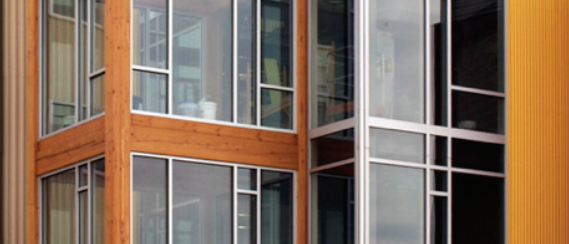Construction Causing Destruction: Why I Came to Pace

Pace Pleasantville’s once quaint, country feel will soon be replaced by modern, glass buildings.
Stone buildings, history of former residents and the central farm gave Pace a very cozy feel from the moment I first stepped on campus. The University’s historic atmosphere drew me in and appealed to my love for both art and history.
Buildings like the Paton House and the barns of the Environmental Center made me feel like I had stepped into someone else’s life; a history that I was now able to live and expand upon. Since the construction of the Master Plan I was brought to the realization that the reasons that once ultimately encouraged my decision to attend Pace would not be completely preserved.
Although I agree that it is important to be as eco-friendly as possible, the construction that fits the feel of what the campus already is should be a priority. The giant, glass buildings that will soon be replacing some remarkable structures in the middle of the campus will diminish the charming antiquity of Pace. Alterations to Kessel’s roof and windows to match those of the new buildings will alter the rustic campus feel.
Though there are ways to establish structure that are more modern without completely contrasting the existing campus, the Master Plan has not been mindful to those approaches. For example State University of New York (SUNY) College of Environmental Science and Forestry (ESF) has created a natural feel by including timber, yet has managed to remain environmentally conscious.
I understand that it is important to evolve with the times, but I think that it is necessary to remember where we came from, especially with a campus that has so much history. I am saddened to see the Pace campus destroyed for the sake of what modern beauty has been deemed, with its characterless sheets of glass.
Your donation supports independent, student-run journalism at Pace University. Support the Pace Chronicle to help cover publishing costs.

